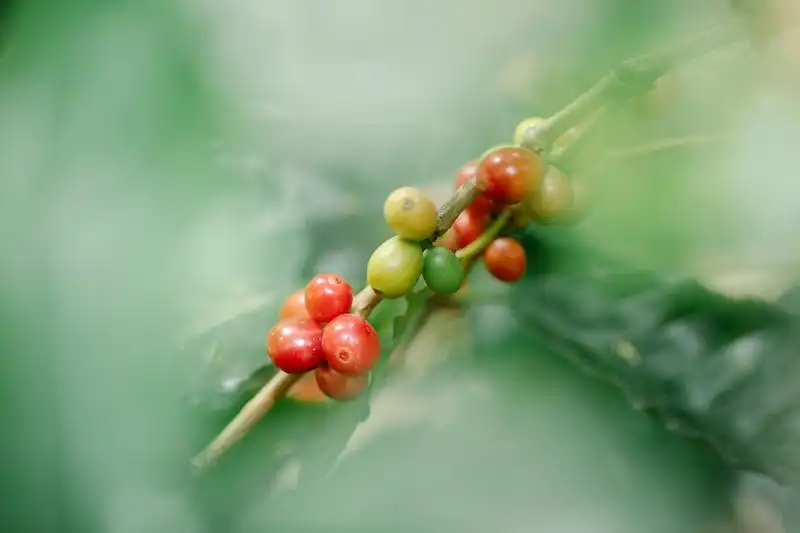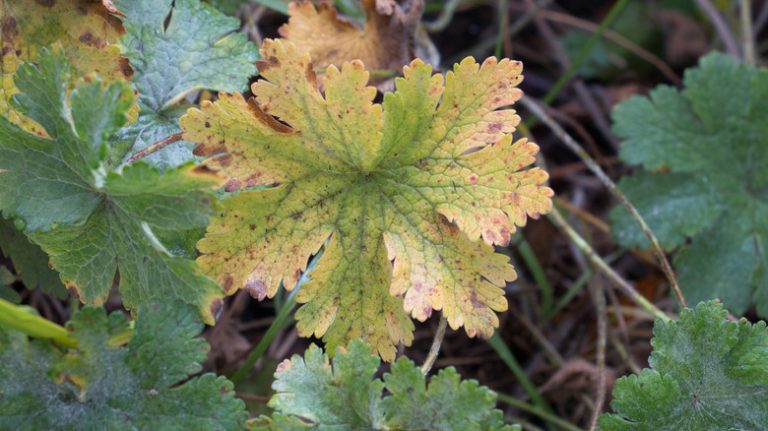If you’re a fan of easy-to-grow, vibrant flowers that attract bees and other wildlife to your garden, you can’t go wrong with Black Eyed Susan (Rudbeckia hirta) varieties. These beautiful perennials are known for their daisy-like flowers with black centers and golden petals, which bloom from late-summer to fall. Black Eyed Susan plants are hardy and self-seeding, making them a popular choice among gardeners looking for low-maintenance plants that add a burst of color to their outdoor space.
Black Eyed Susan comes in many different varieties, each with its own unique characteristics. Some popular types include “Indian Summer,” with its striking bronze petals, “Maya,” which features vibrant orange flowers, and “Cherokee Sunset,” a mix of beautiful red, yellow, and brown-eyed blooms. No matter which variety you choose, you can be sure that these flowers will be a charming addition to your garden.
One of the best things about Black Eyed Susan is that it is a natural self-seeder. This means that once you plant it in your garden, it will reproduce on its own through its seed-heads. To ensure a healthy and long-lasting garden, it is essential to deadhead the Black Eyed Susan plants by removing the old seed-heads. By doing this, you will encourage the plant to produce more flowers and prevent it from spreading too much.
When it comes to planting Black Eyed Susans, they prefer a sunny location with well-drained soil. You should water the young plants regularly until they are well-established, but be careful not to overwater them, as this can lead to disease. Once mature, Black Eyed Susan plants are quite hardy and can tolerate drought and high temperatures, making them an excellent choice for low-maintenance gardens.
If you want to add more Black Eyed Susan plants to your garden, you have a few options. You can purchase young plants from a local nursery or garden center, or you can propagate them yourself through division or cuttings. Both methods are relatively easy and can help you save money on buying new plants.
In conclusion, Black Eyed Susan varieties are a fantastic choice for any garden. These self-seeding flowers are easy to grow, low-maintenance, and great for attracting wildlife to your outdoor space. Whether you want to add a pop of color to your garden or create a bee-friendly environment, Black Eyed Susan should be on your list of must-have flowers.
Tips:
- Black Eyed Susan plants prefer full sun and well-drained soil.
- Water the young plants regularly but avoid overwatering.
- Deadhead the plants regularly to encourage new blooms and prevent spreading.
- Black Eyed Susans are hardy and can tolerate drought and high temperatures once mature.
- If you want to add more plants to your garden, you can purchase or propagate them yourself.
If you have any questions about Black Eyed Susans or need further gardening advice, don’t hesitate to ask your local garden center or reference gardening books for more information. Happy gardening!
How to Grow and Care for Black-Eyed Susans Vibrant Self-Seeders That You Can Plant in the Fall
Black-eyed Susans are vibrant self-seeding plants that are easy to grow and care for. These beautiful flowers are a favorite among gardeners and can add a splash of color to any landscape.
Black-eyed Susans, also known by their Latin name Rudbeckia hirta, are native to North America and are typically grown as perennial plants. They are characterized by their bright yellow or orange petals with a dark brown center, which give them their distinctive “black-eyed” appearance. These flowers bloom in the warm season and are often planted in the fall, allowing them to establish their roots before the temperatures drop.
When it comes to growing Black-eyed Susans, there are a few tips to keep in mind. These flowers thrive in well-drained soil and prefer full sun, although they can tolerate some shade. They are also drought-tolerant, making them a great choice for gardens with little irrigation. Black-eyed Susans are also known for their self-seeding characteristics, which allow them to spread and come back year after year.
If you’re interested in adding Black-eyed Susans to your garden, here are some steps to follow:
| Step | Description |
|---|---|
| 1 | Prepare the soil by adding compost or organic matter to improve drainage and fertility. |
| 2 | Choose a sunny location in your garden where the plants will receive at least 6 hours of direct sunlight per day. |
| 3 | Plant the Black-eyed Susan seeds or seedlings about 12-18 inches apart, depending on the variety. |
| 4 | Water the plants thoroughly after planting and keep the soil moist until they are established. |
| 5 | Once the Black-eyed Susans are established, they require little care. Water them during dry spells and remove any weeds that may compete for nutrients. |
| 6 | In the fall, leave the seedheads on the plants to allow for self-seeding. You can also collect the seeds and store them for propagation in the spring. |
Black-eyed Susans are not only beautiful, but they also have properties that benefit the ecosystem. They attract butterflies, bees, and other pollinators, making them a valuable addition to any garden. These flowers also provide food and shelter for birds, making them a wildlife-friendly choice.
There are several different varieties of Black-eyed Susans available, each with its own unique characteristics. Some varieties, like “Irish Eyes,” have green centers instead of the typical brown. Others, like the “Maya Rudbeckia,” have orange or blue petals. There is also a variety called “Henry Eilers,” which has dried flowerheads that add interest to the garden even after the growing season.
When purchasing Black-eyed Susans, always check the plant’s hardiness zone to ensure it will thrive in your region. These flowers are very hardy and can tolerate a wide range of temperatures, but it’s important to choose a variety that is suited to your climate. To ensure the best results, look for plants that are healthy and have well-developed root systems.
In conclusion, Black-eyed Susans are a beautiful and easy-to-grow flower that can add a vibrant touch to any garden. By following a few simple care tips and choosing the right variety for your region, you can enjoy these self-seeders year after year.
Identifying Black-Eyed Susans
Black-eyed Susans, also known as Rudbeckia, are a popular variety of flowering plants. They are easy to grow and are often used in gardens for their bright and cheerful appearance. Black-eyed Susans are native to North America and are known for their daisy-like flowers with a dark center, hence their name.
There are several varieties of Black-eyed Susans, but the most common ones are Rudbeckia hirta and Rudbeckia fulgida. The hirta variety has a yellow or orange flower with a black center, while the fulgida variety has a darker, almost black center. Both varieties are hardy and can withstand various weather conditions.
When identifying Black-eyed Susans, look for the typical daisy-like flowers and the black center, which looks like an eye. The flowers usually bloom in the summer and continue to bloom into the fall. As the flowers mature, the petals may become more orange or darker in color.
Black-eyed Susans are upright plants that can reach a height of 11 inches to 3 feet. They have green, ovate-shaped leaves that surround the flower heads. The leaves are often hairy and can vary in size depending on the variety.
These plants are drought-tolerant and can survive in warm climates. They also attract wildlife, such as butterflies and bees, to the garden. Black-eyed Susans can be planted as perennials or biennials, depending on the specific variety.
To care for Black-eyed Susans, make sure to water them regularly, especially during dry spells. It is also a good idea to deadhead the flowers once they start to fade to promote new growth. Prune the plant in the fall or early spring to remove any dead or damaged parts.
If you are unsure about the specific variety of Black-eyed Susans you have, consult a gardening guide or reference book for more information. There are also online resources available that can help you identify the different varieties of Black-eyed Susans.
Growing Black-Eyed Susans as Perennials vs Annuals
Black-Eyed Susans, also known as Rudbeckia, are a popular choice for many gardeners due to their vibrant and beautiful daisy-like flowers. When grown as perennials, these plants have the potential to come back year after year, providing long-lasting beauty to your garden.
Black-Eyed Susans are hardy, with most varieties being able to withstand temperatures as low as -30 to -60 degrees Fahrenheit. They are typically grown in full sun, but some varieties, such as Cherokee Sunset, can tolerate partial shade. These plants are also known for attracting wildlife, such as butterflies and bees, making them a great addition to any garden.
As perennials, Black-Eyed Susans have the ability to self-seed, allowing them to multiply and grow in different areas of your garden. This natural process comes in handy when it comes time to divide and transplant these plants to new locations.
However, if you prefer more control over where your Black-Eyed Susans grow, you can also grow them as annuals. By isolating the plants and preventing them from producing seed-heads, you can ensure that they don’t self-seed and stay within specific areas of your garden.
In general, Black-Eyed Susans are relatively low-maintenance plants. They have beautiful foliage that looks great throughout the season and requires minimal care. These plants are also resistant to many pests and diseases, making them a reliable and easy-to-grow choice for gardeners.
If you decide to grow Black-Eyed Susans as perennials, it’s important to note that they may take a year or two to reach their full potential and start flowering. However, once they mature, you will be rewarded with stunning flowers that attract attention with their prominent black, blue, and sometimes even brown centers.
There are many varieties of Black-Eyed Susans available, each with its own unique properties and characteristics. Some varieties, like the Maya and the Henry Eilers, are known for their long flowering seasons, while others, like the Goldsturm and the Irish Eyes, are admired for their vibrant colors and larger size.
To reference a few interesting facts, Black-Eyed Susans were named after the Native American chief Blackhawk and were first classified by Swedish botanist Carl Linnaeus. They are also closely related to coneflowers and sunflowers. In fact, one species of Black-Eyed Susan, known as Rudbeckia triloba or Brown-Eyed Susan, is often called “poor man’s sunflower.”
Whether you choose to grow Black-Eyed Susans as perennials or annuals, you can be sure that they will add a touch of beauty and vibrancy to your garden. Their hardy nature and stunning flowers make them a popular choice for both beginner and experienced gardeners alike. So go ahead and click to discover the variety of Black-Eyed Susan plants that you can grow in your own garden!




